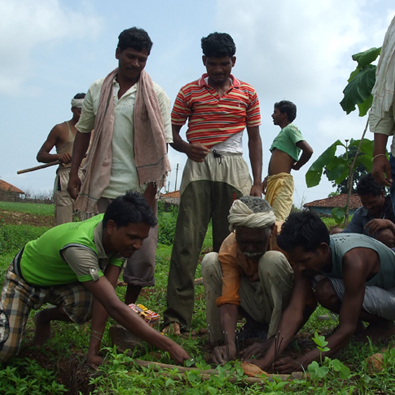
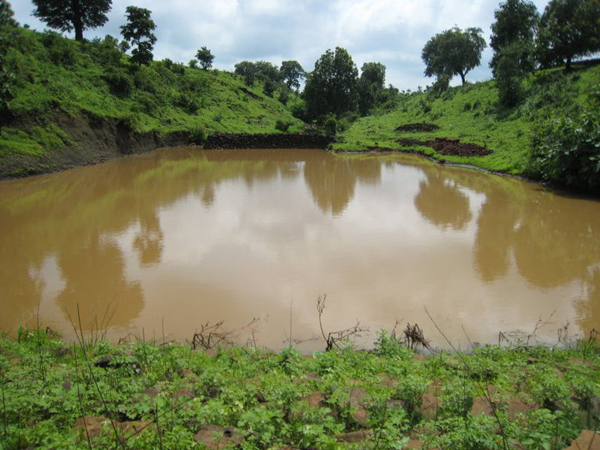
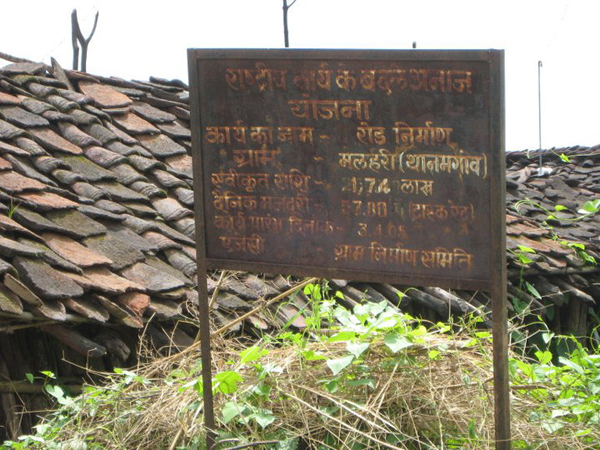
.jpg)
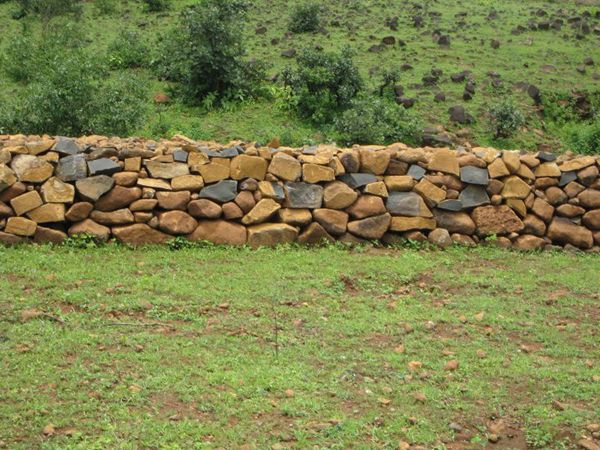

.jpg)
.jpg)
.jpg)
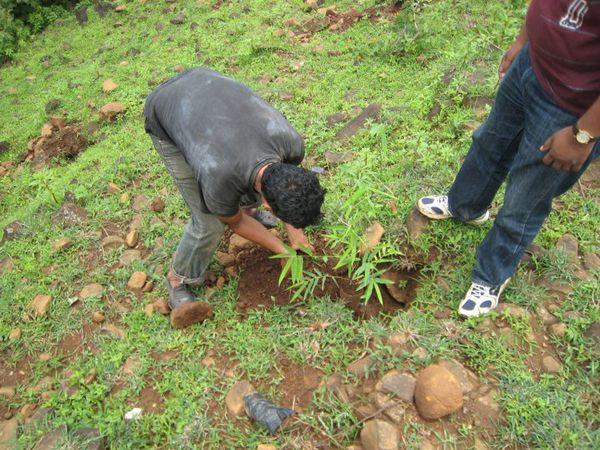
(1).jpg)
Project Target
0% Remaining
100,000
Trees Planted out of 100,000 Trees

Project Location:
Plantation of 100,000 local trees at the Periphery of Kanha National Park, Mandla, Madhya Pradesh.
Project Aim
This project involves planting 100,000 trees in the periphery of Kanha National Park in Madhya Pradesh. Kanha National park is located in Banjar and Halon valleys in the Mandla / Balaghat districts of the state of Madhya Pradesh.
Kanha National Park is one of the India’s finest tiger reserves. It is spread more than 940 sq km in a horseshoe shaped valley bound by the spurs of the Maikal range. The park presents a varied topography. Kanha also shelters one of the largest populations of tigers in the country (131 tigers as on June 2006). Some of the other larger animal species found in the park are sloth bears (111 as of 2000), leopards (80 as in 2000), wild dogs (396 as in 2000), striped hyena, spotted dear, wild boars, jungle cats, jackals and a variety of monkeys. Over 200 species of birds have been spotted in the park. The rare Indian wolf (Canis (lupus) indica) can be found in the far eastern part of the park. The most abundant prey species for the large predators is the spotted deer or chital, which are estimated to be about 20,000 in the park. The second largest population of deer is that of sambar (Cervus unicolor) which constitutes an important prey base for the tiger. Other commonly observed mammals include the common grey langur (6,668 in 2000), wild boar (8,534 in 2000), gaur (more than thousand in 2000), sambar (3,621 in 2000) and barasingha or swamp deer (this is the hard ground swamp deer (Cervus duvauceli branderi), found only in Kanha (barely 1200 survive in the world as of 2006) The chousingha and the nilgai (blue bull), though rare, can also be found in Kanha.
In order to reduce man-animal conflict and avoid human exploitation of the buffer zone areas of the National Park, afforestation in the periphery areas is critical. Regenerating these areas and making the land more productive alleviates poverty and strengthens rural livelihoods. The pressure on the park is reduced and the rich biodiversity it supports is protected.
Our partners work in 20 villages around the periphery of this park.
Bamboo(Bambusa vulgaris), Aonla(Phyllanthus emblica), Jamun(Syzygium cumini), Katang Bans (Bambusa arundinacea), Semal(Bombax ceiba), Mahua(Madhuca longifolia), Harra(Terminalia chebula), Bahera(Terminalia bellirica), Sagaun(Tectona grandis), Ber(Ziziphus mauritiana) And Khmer(Dipterocarpus turbinatus).
The animal species found here are the tiger, sloth bear, wild dog, striped hyena, spotted deer, grey langur, swamp deer, wild boar, jungle cat, jackal and many kinds of monkeys.
The birds species found here include the stork, teal, pintail, pond heron, egret, peacock, peafowl, junglefowl, spurfowl, partridge, quail, ringdove, spotted parakeet, green pigeon, rock pigeon, cuckoo, papiha, roller, bee-eater, hoopoe, drongo, warbler, kingfisher, woodpecker, finch, oriole, owl, and flycatcher.
Social Impact of Growing Trees
Community Engagement
Tree planting initiatives often involve local communities, which can lead to greater community cohesion.
Ecological Education
Provides opportunities for community members, especially children, about the importance of environmental sustainability.
Urban Beautification
Trees contribute to the aesthetic enhancement of urban areas, making cities more pleasant and liveable.
Climate Resilience
By improving green cover, tree planting helps make communities more resilient against climate impacts like heatwaves.
Employment Creation
Planting trees creates employment for local community members like planting and maintenance, administrative roles, and more long-term jobs in management.
Wildlife Habitat
Trees provide critical habitats for various species of wildlife. Enhancing tree cover helps preserve biodiversity, which can be an ecological boon for local communities
Copyrights @ 2025 All rights reserved by Pangea EcoNetAssets Pvt Ltd.